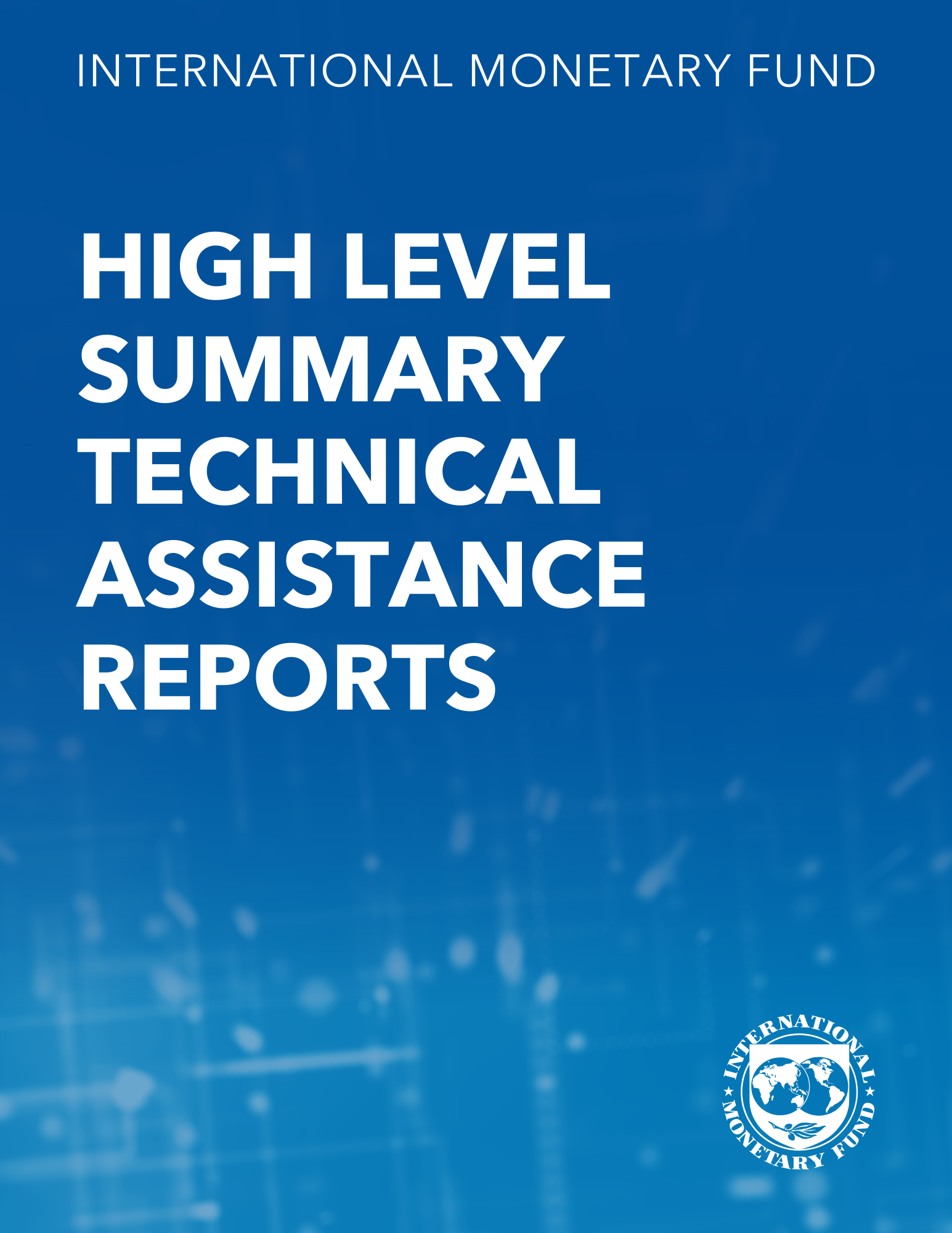Governance Structures and Decision-Making Roles in Inflation-Targeting Central Banks
September 1, 2005
Summary
Subject: Banking, Consumer price indexes, Environment, Inflation, Inflation targeting, Monetary policy, Price stabilization, Prices, Renewable resources
Keywords: Africa, board of governors, central bank, central bank independence, committee, Consumer price indexes, country, decision-making authority, emerging market country, governance, government, government directive, government index, government involvement, government override, government representation, government staff, Inflation, Inflation targeting, member state, monetary policy, override authority, price stability, Price stabilization, Renewable resources, state secretary, WP
Pages:
27
Volume:
2005
DOI:
Issue:
183
Series:
Working Paper No. 2005/183
Stock No:
WPIEA2005183
ISBN:
9781451862027
ISSN:
1018-5941






